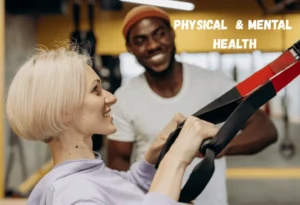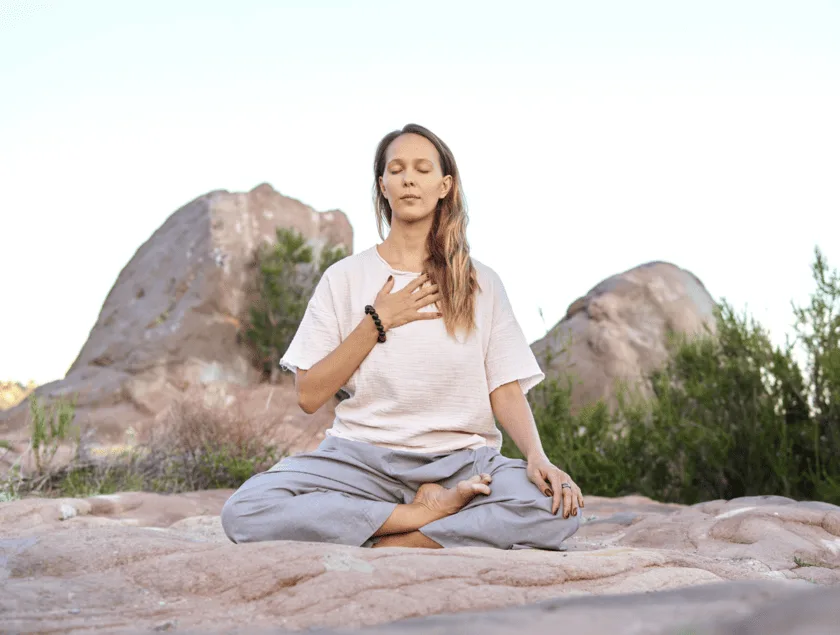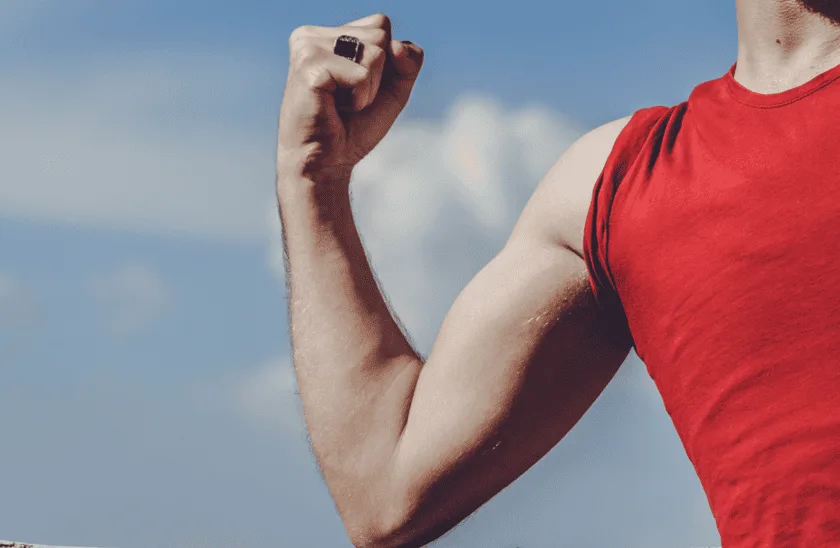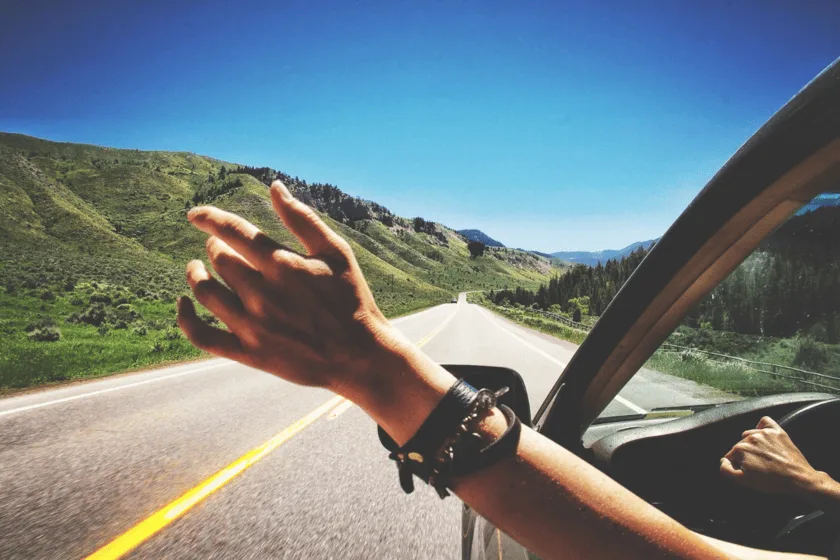🔥 Duration: 10-15 mins | Results: Up to 38% greater muscle activation in compound lifts
Want to supercharge your glute growth? Whether you’re new to strength training or an experienced lifter hitting plateaus, this science-backed glute activation protocol maximizes muscle recruitment and delivers visible booty gains. Try the Butt-Lifting Workout today to sculpt rounder, stronger glutes faster!

Why Butt-Lifting Workout: 3-Step Glute Activation Protocol to Sculpt Rounder Glutes Works
Did you know 90% of people fail to properly activate glutes during workouts? This means your squats and deadlifts might be missing their full potential!
- Backed by peer-reviewed studies (Crow et al., 2017; Contreras et al., 2015), this protocol:
- “Wakes up” glutes pre-workout
- Enhances mind-muscle connection
- Prevents compensation (quads/low back takeover)
- Boosts training efficiency (faster visible results!)
Phase 1: Joint Mobility (3-4 min) – Prep Your Body!
1. Dynamic 90/90 with Trunk Reach – 2x/side
Science:
- Improves hip mobility (crucial for deep squats)
- Reduces lumbar strain (prevents post-workout pain)
Pro Tip:
Start seated with legs at 90° angles. Hinge forward while maintaining neutral spine.
2. Cat-Camel + Thoracic Rotation – 2×10 reps
Science:
- Activates posterior chain (glutes, hamstrings, erectors)
- Enhances core stability (protects spine under load)
Execution:
On all fours, alternate arching/rounding back. Add gentle torso rotations.
Phase 2: Banded Isolation (6-8 min) – Fire Up Glutes!
3. Banded Glute Bridge – 3×12 (30s rest)
🔬 Research: 27% greater glute max activation vs. no band (Contreras et al., 2015)
💡 Key Cue: Squeeze glutes hard at top for 2-second hold
4. Banded Clamshell – 3×10/side (20s rest)
🔬 Research: 32% more glute med activation (Distefano et al., 2009)
⚠ Avoid: Pelvic rotation – keep hips stacked
5. Controlled Donkey Kick – 3×8/leg (40s rest)
🔬 Research: 23% greater activation with slow tempo (Macadam et al., 2015)
🎯 Pro Tip: Pause at peak contraction
Phase 3: Integrated Activation (3-4 min) – Prime for Heavy Lifts!
6. Banded Lateral Mini-Squat – 2×8 steps/side
Benefits:
- Targets glute medius (prevents knee valgus)
- Improves unilateral stability
Form Tip: Maintain parallel feet – resist knee cave!
7. Single-Leg Hip Thrust – 2×8/leg
Science:
- Corrects muscle imbalances
- Prepares for lunges/single-leg deadlifts
Advanced Cue: Externally rotate support foot
Evidence-Based Outcomes
- 38% greater activation in compound lifts
- Enhanced performance (heavier lifts with perfect form)
- Reduced injury risk (no more low back/quad dominance)
- Visible growth in weeks (not months)
Ready to transform your glutes?
- Implement TODAY and feel the difference!
- Share if you want more science-based protocols!
- 💬 Reach out (contactus@thehealthypaths.com) : Which activation move works best for you?
- Scientific Reference: -2024-112. Gasibat, Q., Alexe, C. I., Raveica, G., Tohănean, D. I., Vasilios, K., & Alexe, D. I. (2023). Decoding hip muscle activation: A comparative electromyographic analysis of turn-out bent knee pulse and single-leg banded glute bridge exercises in healthy female subjects. European Journal of Investigation in Health, Psychology and Education, 13(9), 1612–1623. https://doi.org/10.3390/ejihpe13090117ResearchGate+2Psyke+2MDPI+2
- Selkowitz, D. M., Beneck, G. J., & Powers, C. M. (2013). Which exercises target the gluteal muscles while minimizing activation of the tensor fascia lata? Electromyographic assessment using fine-wire electrodes. Journal of Orthopaedic & Sports Physical Therapy, 43(2), 54–64. https://doi.org/10.2519/jospt.2013.4116Academia+6themanualtherapist.com+6PubMed+6
- Distefano, L. J., Blackburn, J. T., Marshall, S. W., & Padua, D. A. (2009). Gluteal muscle activation during common therapeutic exercises. Journal of Orthopaedic & Sports Physical Therapy, 39(7), 532–540. https://doi.org/10.2519/jospt.2009.2796
- Boren, K., Conrey, C., Le Coguic, J., Paprocki, L., Voight, M., & Robinson, T. K. (2011). Electromyographic analysis of gluteus medius and gluteus maximus during rehabilitation exercises. International Journal of Sports Physical Therapy, 6(3), 206–223. https://www.ncbi.nlm.nih.gov/pmc/articles/PMC3201064/
- Parr, M., Price, P. D. B., & Cleather, D. J. (2017). Effect of a gluteal activation warm-up on explosive exercise performance. BMJ Open Sport & Exercise Medicine, 3(1), e000245. https://doi.org/10.1136/bmjsem-2017-000245
- McGill, S. M. (2007). Low back disorders: Evidence-based prevention and rehabilitation (2ª ed.). Champaign, IL: Human Kinetics.
- Cejudo, A., Moreno-Alcaraz, V. J., Izzo, R., Santonja-Medina, F., & Sainz de Baranda, P. (2020). External and total hip rotation ranges of motion predispose to low back pain in elite Spanish inline hockey players. International Journal of Environmental Research and Public Health, 17(13), 4858. https://doi.org/10.3390/ijerph17134858​:contentReference[oaicite:1]{index=1}





























